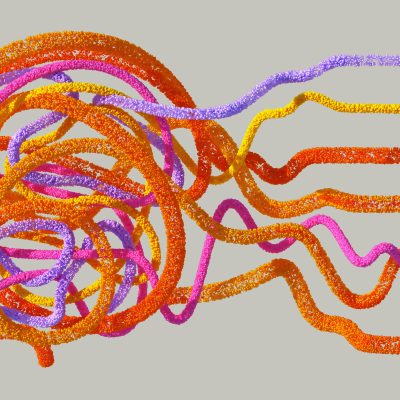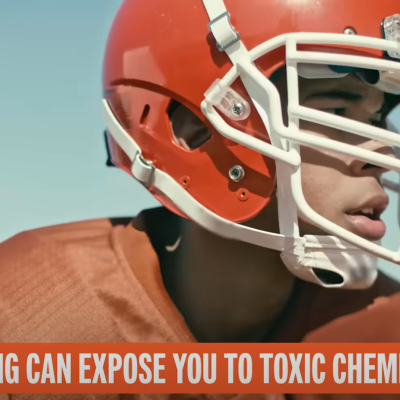Should 18-year-olds be allowed to join the Army?
Did you know that the human brain finishes developing around the age of 25?
The last part of the brain to develop is called the pre-frontal cortex. This part of your brain is responsible for planning, reasoning, judgment, and impulse control. Recent research shows that adult and teen brains work differently. Adults think and make decisions using their pre-frontal cortex, while teens use their amygdala, the emotional part of their brain. In teens’ brains, the pathways from the decision-making center to the amygdala are still developing. That is why teens can be more impulsive and act more on emotional feelings than logic.
Based on the research, teens have blocks in their brains that make planning ahead or decisions making harder, so why are they entrusted with so many responsibilities in the U.S.? Driving, voting, and in some states, teens are allowed to go to casinos. However, one major opportunity eighteen-year-olds get is joining the army. Why should someone be able to join the army before their brains finish developing? Well, they shouldn’t. People should not be allowed to join the army until they are 24 years old because their brains are not developed enough to understand the consequences of what they are doing and they have a higher risk of PTSD.
According to a study in Clinical Psychological Science, soldiers who enlisted before the age of 25 are 700% more likely to develop PTSD. Post Traumatic Stress Disorder is a condition where people experience a larger sense of danger after a traumatic experience, such as a natural disaster, military combat, and witnessing violence and/or death. PTSD is treatable, but it can severely affect people for the rest of their lives. PTSD can lead to emotional problems, cognitive issues, and substance abuse. If someone develops these symptoms, it will change their life for the worse.
Army recruitment is deceiving. Betsy Reed of The Guardian wrote an article about this topic in the United Kingdom. In the article, she did an interview with Richard Pendleton, a marketing executive who worked on army recruitment campaigns for ten years. He said that he felt “deeply uncomfortable about the way we sold the army to people.” He also says that he was supposed to not use any negative words about the army in brochures or advertisements, like “kill” or “maim,” because they would “put people off.”
The Guardian also interviewed David Buck, who joined the British Army at the age of 17 and was diagnosed with PTSD at the age of 26. He said that the army uses “deception” to try to get people to sign up. He also said, “It doesn’t show someone with their head blown off.” He said that there were pictures of recruits abseiling and skiing in the brochure. He said that because of his age, he was easily manipulated by the stuff that they “shoveled down your neck.” Buck also said that the army would pay him up to 150 pounds for each recruit he could persuade into uniform.
Overall, the army uses tactics and science to take advantage of teen recruitment for the army.
Some people might say that the army is a pathway for people with fewer opportunities, which is true. However, is not worth potentially harming a teen’s mental health for the rest of their life. Recently, the army has had trouble getting as many recruits as they want. Some people want to lower the age that people are allowed to enlist to 16 years old. However, this is a bad idea. Teens younger than 18 are even more susceptible to PTSD than 18-year-olds. They are also less able to make good decisions. They are not allowed to vote, but they should be able to make a decision that could end up with them dead or with cognitive issues or substance abuse? This is not how we should treat kids.
So why is the age to join the army 18, when there are so many risks involved for young people in the army? Why are teens allowed to vote, drive, and waste money on lottery tickets? In short, why can people who can’t think through their actions participate in activities that could change the rest of their life for the worse? This question is unasked by many, although it probably should be considered more in a place where more than 2,500 drivers under 20 were killed and more than 225,000 were injured in car accidents. People who can’t make good decisions should not be permitted to make bad ones.










